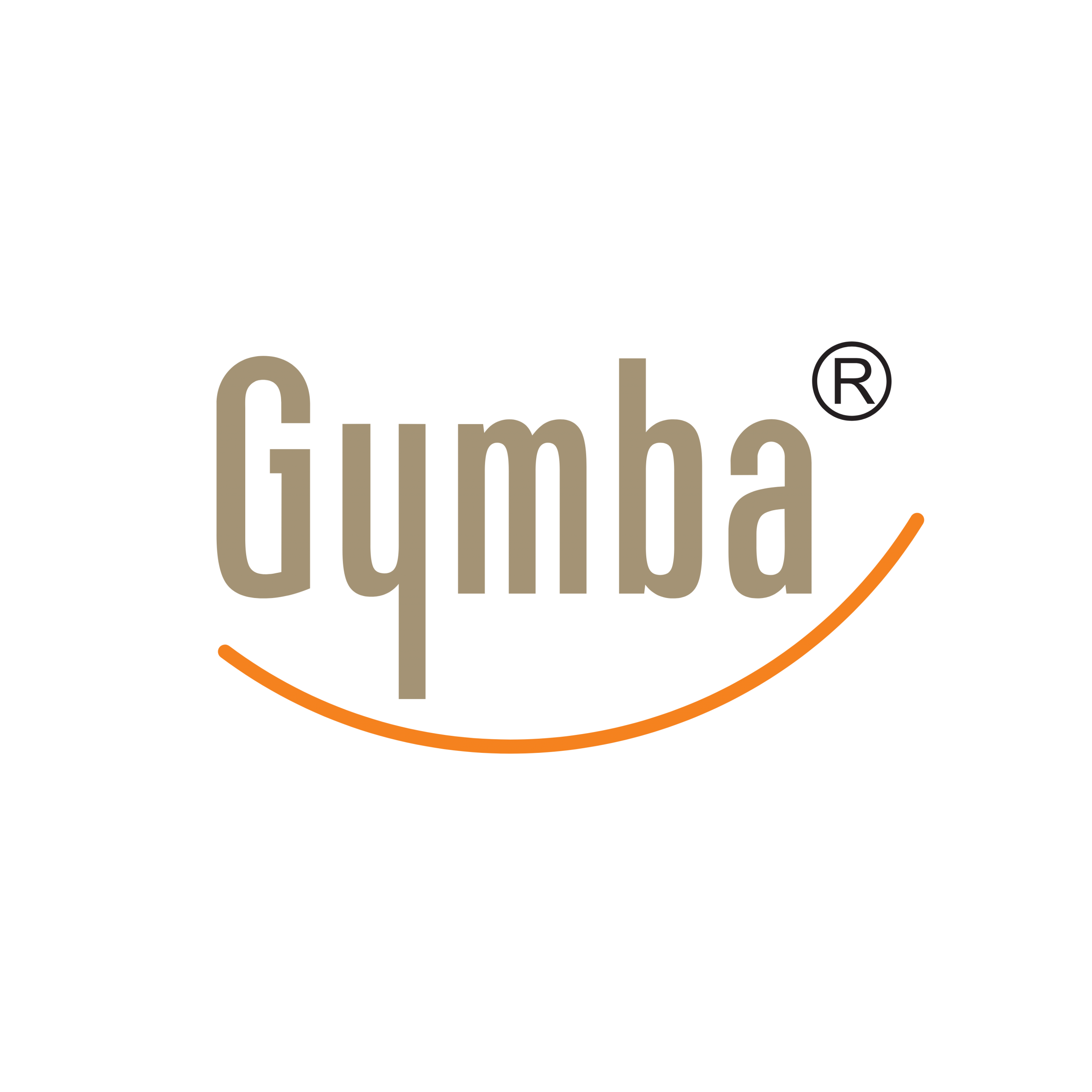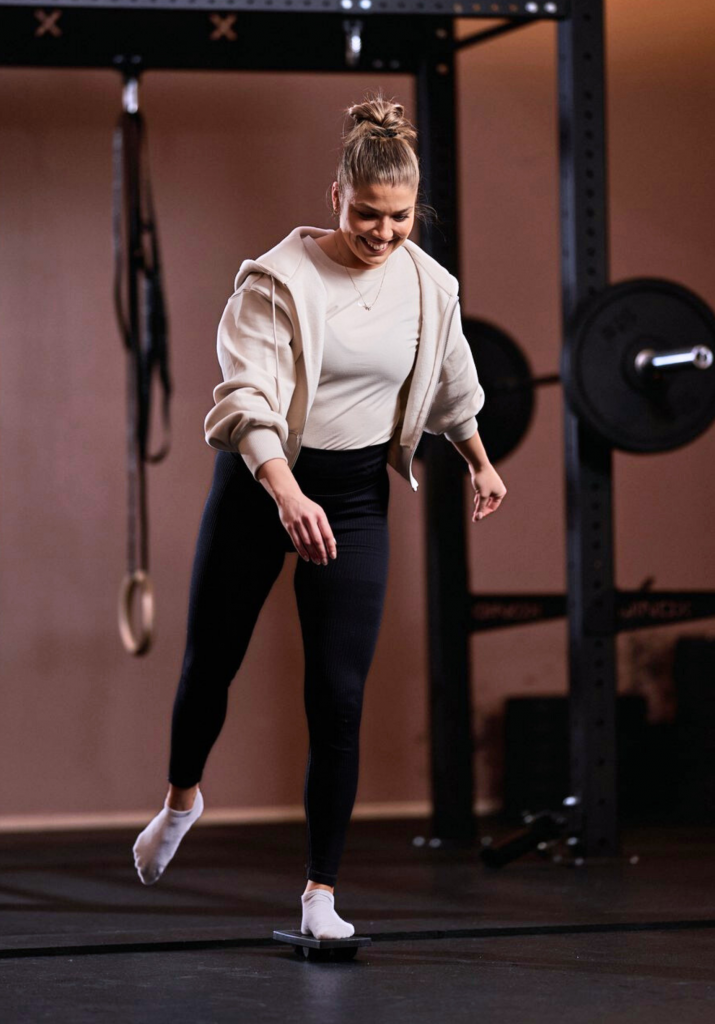Looking for ways to challenge your body without stacking on more weights? The solution might be simpler than you think. Adding intensity to your workouts doesn’t always mean lifting heavier – it can come from creating greater challenges to your stability, coordination and muscle engagement. Balance training offers a powerful way to increase workout difficulty while simultaneously improving functional fitness and reducing injury risk. For athletes, fitness enthusiasts, and those in rehabilitation alike, incorporating balance challenges can transform ordinary exercises into comprehensive training that engages multiple systems simultaneously.
Why balance training is key to increasing workout intensity
When you introduce instability into your workout, something remarkable happens: your body recruits significantly more muscle fibers to maintain position. This increased neuromuscular engagement creates a more challenging workout without adding external load. Balance training activates your core stabilizers continuously as they work to keep you upright, essentially turning simple movements into full-body exercises.
The beauty of balance training lies in its ability to target the often-neglected stabilizer muscles that support your primary movers. These smaller muscles rarely get adequate attention in traditional strength training but play a crucial role in functional movement and injury prevention. Training these stabilizing muscles improves proprioception – your body’s awareness of position in space – which enhances overall athletic performance and daily movement quality.
Balance challenges also intensify your mental focus during exercise. The concentration required to maintain stability creates a mind-muscle connection that increases workout effectiveness. This mental engagement prevents the autopilot mode that can happen with familiar exercises, ensuring each movement receives your full attention.
5 ways to intensify workouts without adding weight
There are several effective techniques to increase exercise difficulty without reaching for heavier weights:
- Tempo manipulation: Slowing down the eccentric (lowering) phase of movements creates greater time under tension. Try a 4-second lowering phase in squats, push-ups or lunges to feel the difference immediately.
- Range of motion adjustments: Increasing your movement range challenges muscles through their full capacity. Deeper squats, full range push-ups, and complete extension movements recruit more muscle fibers.
- Unilateral training: Single-leg or single-arm exercises automatically introduce a balance component while preventing your dominant side from compensating. Single-leg deadlifts, one-arm presses, and pistol squats are excellent examples.
- Stability challenges: Performing exercises on unstable surfaces like balance boards creates constant muscle recruitment throughout the movement. Even basic exercises become significantly more challenging.
- Circuit training: Minimizing rest between exercises keeps your heart rate elevated and introduces a cardiovascular component to strength training, increasing overall workout intensity.
How to use the Gymba Balance Board MINI for advanced training
The Gymba Balance Board MINI offers versatile options for increasing workout intensity through balance challenges. Unlike traditional balance boards, the MINI is designed to be used with one foot at a time, creating a more focused stability challenge that’s adjustable for all fitness levels.
For beginners, simply standing on the board with one foot builds foundational balance skills and ankle strength. As proficiency increases, you can incorporate the board into standard exercises:
- Place one foot on the MINI during lunges to create an unstable front foot
- Use during single-leg deadlifts to increase proprioceptive demands
The compact design makes the Balance Board MINI particularly effective for targeted muscle activation. When standing on the board, the small muscles in your feet and ankles work continuously to maintain position, strengthening areas often neglected in traditional training programmes.
Rehabilitation and recovery: beyond traditional workouts
Balance training extends beyond performance enhancement into rehabilitation and injury prevention. The Gymba Balance Board MINI serves as an excellent rehabilitation tool, particularly for lower extremity injuries. The controlled instability it provides helps rebuild proprioception after ankle sprains, knee injuries, and even hip issues.
For ankle rehabilitation, simple balancing exercises on the board help restore neuromuscular control that’s often compromised after injury. Progressive exercises might include:
- Static balancing for increasing time intervals
- Small weight shifts while maintaining balance
- Gentle ankle circles while stabilised on the board
- Single-leg standing with eyes closed (for advanced rehabilitation)
Physical therapists particularly value balance training for its ability to strengthen supporting structures around joints. The controlled, low-impact nature of balance work makes it suitable even during early recovery phases when higher-impact activities remain contraindicated.
Myofascial release techniques using the Balance Board MINI
Beyond its balance training benefits, the Gymba Balance Board MINI offers another valuable feature: fixed massage points for foot myofascial release. The underside of the board contains specially designed textured massage balls that provide targeted pressure to release tension in the plantar fascia.
To utilise this feature, simply flip the board upside down and gently press your foot against the stationary massage balls. This provides effective relief for common foot discomfort while improving circulation to the feet. Regular use can help address plantar fasciitis symptoms and relieve general foot tension from prolonged standing or athletic activities.
Unlike rolling balls that might provide inconsistent pressure, the stationary design of the MINI’s massage points ensures controlled, effective tension release. This feature makes the Balance Board MINI a dual-purpose tool that addresses both movement quality and recovery needs.
Integrating balance training into your exercise routine offers a sophisticated approach to increasing intensity without risking injury from excessive weights. The Gymba Balance Board MINI provides a versatile platform for balance development, strength training, rehabilitation support, and recovery – proving that sometimes the best training advances come not from lifting more, but from moving better.

